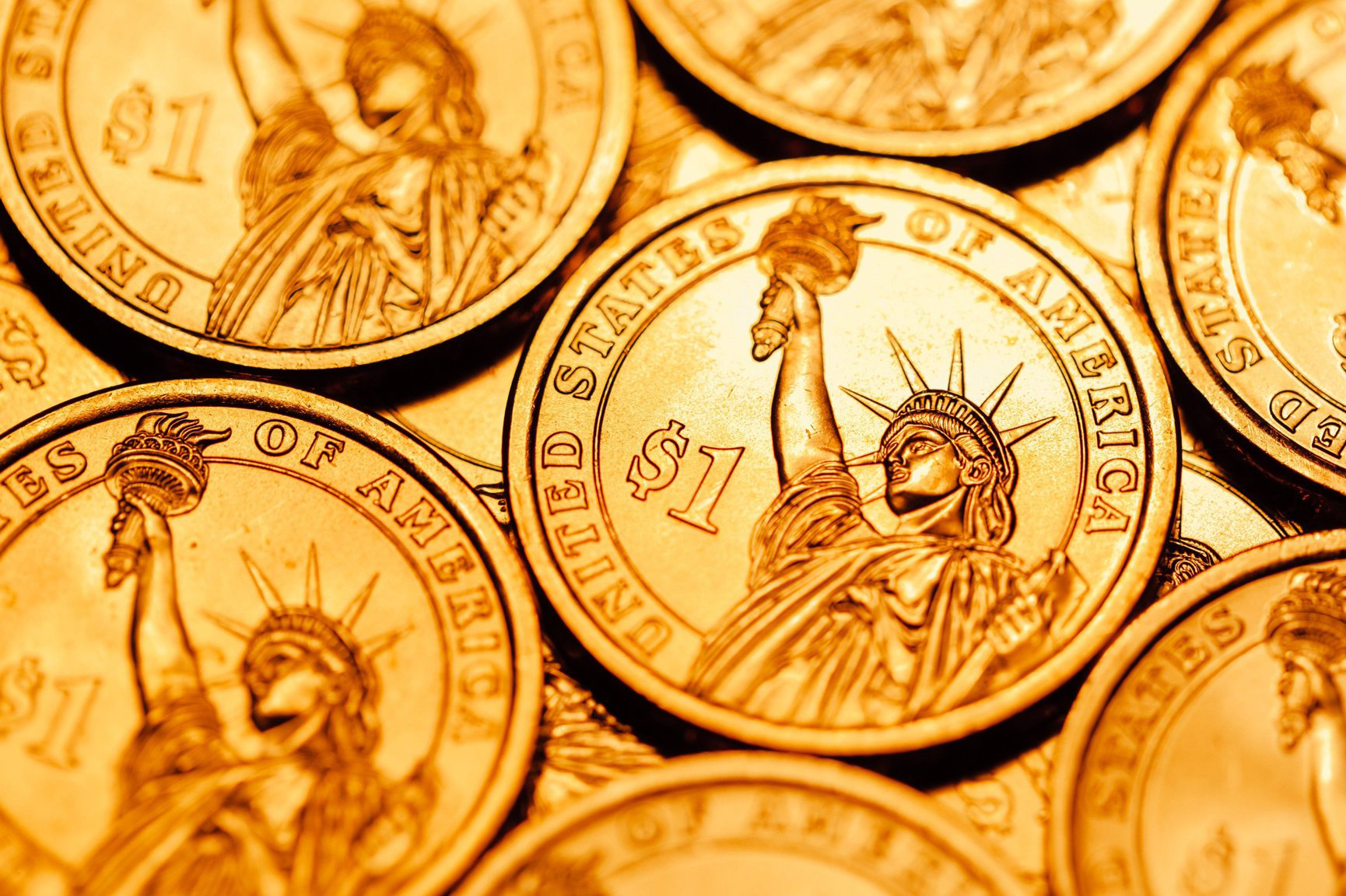Will Gold Disappear in the Future?
Introduction
Gold has long been revered as a symbol of wealth and stability, embedded deeply within the economic frameworks of societies worldwide. Traditionally, it has acted as a hedge against inflation and a safe haven in times of economic uncertainty. However, the digital age has ushered in a paradigm shift with the advent of electronic payments and cryptocurrencies, leading to speculation about the future relevance of this precious metal. As technology advances rapidly, can gold maintain its status amidst these modern financial innovations, or will it become an antiquated relic of a bygone era?

Gold's Historical and Financial Significance
Gold's allure is not just a product of its luster but stems from its established role as a foundational asset in the global economy. Historically, it served as the backbone of many monetary systems, including the Bretton Woods System, which linked global currencies directly to gold, providing a stable measure of value and trust. However, the transition from the gold standard to fiat currency systems marked a significant shift, leading to greater financial fluidity but also disconnecting gold from its direct monetary role. Despite these changes, gold continues to be regarded as a crucial reserve asset by central banks and a safe haven for investors, especially during times of financial turmoil.
The Impact of Digital Currencies on Gold
The rise of digital currencies presents a formidable challenge to gold's long-standing position as a secure financial asset. Cryptocurrencies offer a modern alternative to traditional investments, characterized by their ease of transfer and perceived insulation from inflationary pressures. However, the debate between the security and stability of gold versus the innovative, albeit volatile nature of digital currencies, continues. While cryptocurrencies have gained significant traction and media attention, they also bring risks and regulatory uncertainties, which reinforces the argument for gold's enduring value as a stable investment option.
Gold in Modern Technology and Industry
Beyond its financial allure, gold is indispensable in the technology sector due to its superior electrical conductivity and resistance to corrosion. It plays a critical role in manufacturing high-end electronic devices, including smartphones and computers, where reliability is paramount. Gold's properties make it ideal for use in connectors, semiconductors, and sensors—components essential for the functionality and longevity of electronic products. As technology evolves, the demand for these gold-based components is expected to increase, further integrating gold into the fabric of modern industry.
Gold in Emerging Technologies
Gold's potential extends into innovative applications that are shaping the future of technology and sustainability. One of the most promising developments is in the use of gold nanoparticles within solar cells. These particles enhance the efficiency of photovoltaic cells by improving light absorption and conversion rates. Additionally, gold is becoming increasingly important in the realm of green technologies. Gold catalysts in hydrogen fuel cells are pivotal for advancing clean energy solutions. These applications highlight gold’s versatility and its potential to contribute significantly to environmental sustainability.
Gold in Healthcare
In healthcare, gold's impact is profound, especially in the development of diagnostic tools that are crucial in resource-limited settings. Its biocompatibility makes it an ideal material for medical diagnostics, where it is used in tests for diseases such as malaria and AIDS. The World Health Organization has recognized gold-based diagnostics as essential, particularly in parts of Africa and Asia where these diseases are prevalent. This application of gold underscores its significance not only in preserving wealth but also in saving lives.
Conclusion
Gold's relevance transcends its historical role as a monetary standard and a safe haven asset. Its applications in modern technology, emerging green technologies, and critical healthcare diagnostics highlight its irreplaceable value. Despite the growing prominence of digital currencies, gold continues to play a vital role across various sectors, affirming its status as a multifaceted asset that is crucial not only for financial stability but also for technological and medical advancements. As we look to the future, the integration of gold into new technologies will undoubtedly enhance its significance and utility in our evolving world.



